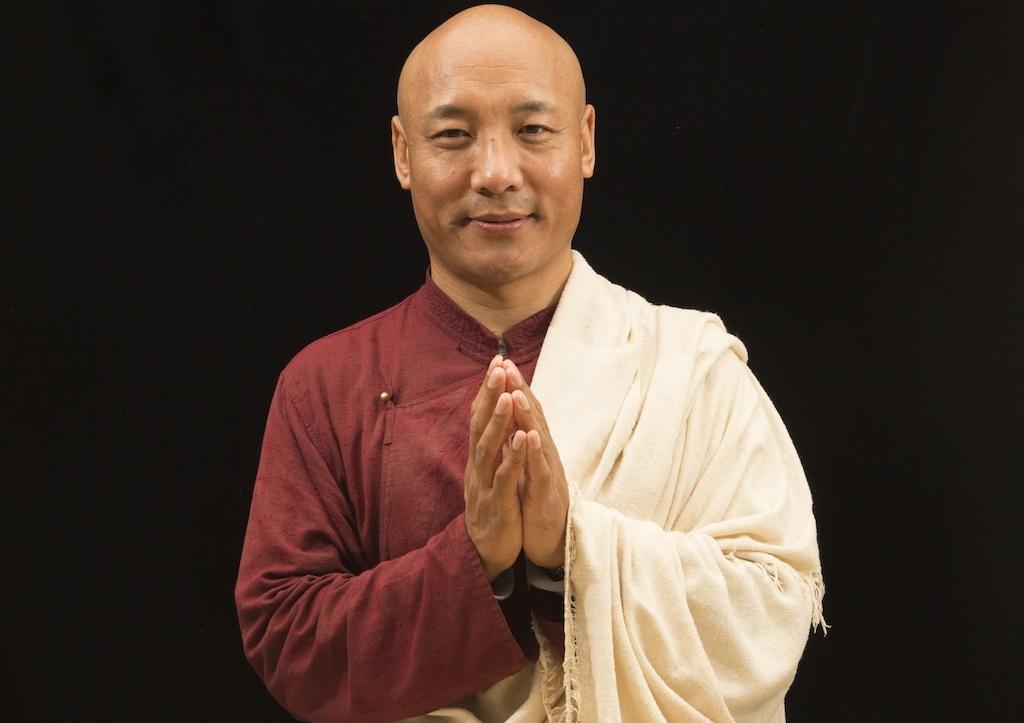
There are diverse genres in Buddhist literature, some of which are composed in quite precise, structured forms in accordance with well-established, traditional standards. This kind of writing serves as a solid foundation to keep the principles of the doctrine from being diverted away from its core. Otherwise, the possibility is always there for the tradition to lose its own unique idiosyncrasies and become something else entirely, like finding the same hat on a different head. Many classical Indian and Tibetan Buddhist texts fall under this umbrella, and deserve much respect for keeping the true Buddhist doctrine intact for centuries.
One unique genre of writing is embodied in Vajra Songs, or dohas. These are often freestyle expression of an individual’s inner wisdom that is alive and bigger than mere intellectual theories about Ultimate Truth. The famous dohas of the eighth century yogi Saraha are an example of some early Vajra Songs. They are radical, with an almost iconoclastic tune, and challenge the religious establishment. Saraha himself was truly enlightened; he rose above the mundane world, transcending conventions that are manmade rather based on timeless wisdom. He was from the Brahmin caste and ordained as a monk in the Buddhist tradition. Saraha realized that he didn’t need all of these roles and identities, and instead went beyond all of them, seeing through to the heart of the Dharma as an inner awakening, which is itself merely a realm of consciousness. Not only did Saraha give up his monastic robes, but he also fell in love with a woman from a lower caste. He then took his female partner as his spiritual mentor. Readers can easily sense the dynamic spirit of Saraha’s personality as a radical tantric adept in his dohas.
As Vajra Songs became more popular, they formed an integral part of Tibetan Buddhism. The 100,000 songs of Milarepa are some of the earliest Vajra Songs composed by Tibetan masters. Most Vajra Songs are written down by a master on paper, but some are sung spontaneously. Another famous doha writer is Shabkarpa (1781–1851) from eastern Tibet, whose life resembles that of Milarepa. He was a true Dzogchen yogi who wandered through many regions of Tibet practicing meditation. Shabkarpa was free from all worldly concerns; not bound by anything external. From his inner life, enriched with the wisdom of Dzogchen, Shabkarpa wrote The Flight of Garuda, a Vajra Song that is poetic and proud. Many recite it and simultaneously feel that they are tasting the wisdom of Dzogchen. The text has even developed a fairly sizable following among Western practitioners. Tibetan Buddhist practitioners in the West often find that this doha has the quality to express in more intuitive language the essence of Dzogchen, which often eludes the grasp of our intellect alone.
Although Vajra Songs are composed in a free and creative style, they pivot on the principle of the non-dual wisdom of the Vajrayana. They have to fit within that parameter. No matter how beautifully they are written, as long as such a principle is absent it can’t be called a Vajra Song. There are numerous beautifully written Tibetan poems, many based on the Buddhist teachings, but not on the unique wisdom of the Vajrayana, and so they cannot be regarded as Vajra Songs. Even when someone writes a poem based on the Vajrayana doctrine, if they write merely from their own intellect in the way that people write essays, novels, philosophical treatises, or letters, that poem might regarded beautiful from a literary point of view, yet it is not a Vajra Song.
People have been drawn to Vajra Songs throughout history for two major reasons. First, they are a profound, pure expression of inner awakening in the most direct and naked words. Second, they give rise to a joy and bliss in those who experience them, as if they too are celebrating what the song is expressing.
A Vajra Song can be read or sung on different occasions for a variety of reasons. One can read or chant a doha as a daily prayer and meditation guidance to direct one’s mind into the consciousness of the Vajrayana—bliss-empty awareness—and be in union with Ultimate Truth. During a celebratory ceremony, such as a sacred feast or ganachakra, participants are invited to sing Vajra Songs and perform sacred dances as offerings to the mandala of deities, and to celebrate the occasion as an opportunity for the whole gathering to relish the ambrosia of bliss-empty awareness.
Most Vajra Songs don’t come with a title that directly indicates its genre. The great Dzogchen master Longchenpa wrote many verses on Dzogchen topics. Some of them are quite long and illuminate a huge body of Dzogchen philosophy, involving refutation, debunking false understandings, and showing that many doctrines are bound by concepts that cannot help us to experience inner liberation in an immediate fashion. Yet Longchenpa’s verses are regarded as Vajra Songs that spring from his enlightened mind. His most famous writing, Dharmadhatukosha, is held in the highest regard by Tibetan Buddhists and is chanted as a daily liturgy by yogis and meditators. Through chanting, people often have the experience of leaving the mundane troubled mind, and they begin to fly in an open, spacious mind where one is already free.
See more
Related features from BDG
Chod: The Practice of Cutting Through
Dzogchen: The Non-Conceptual Path to Liberation
Dharma in Poetry






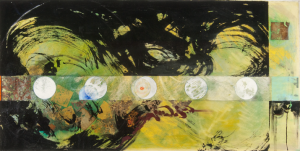

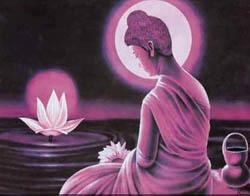

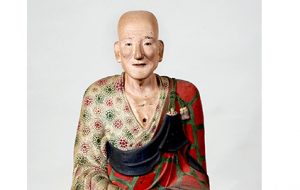



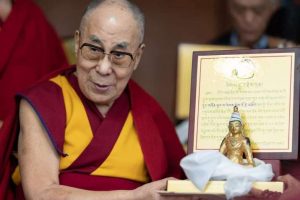
An excellent article but no links to actual examples of Vajra songs?